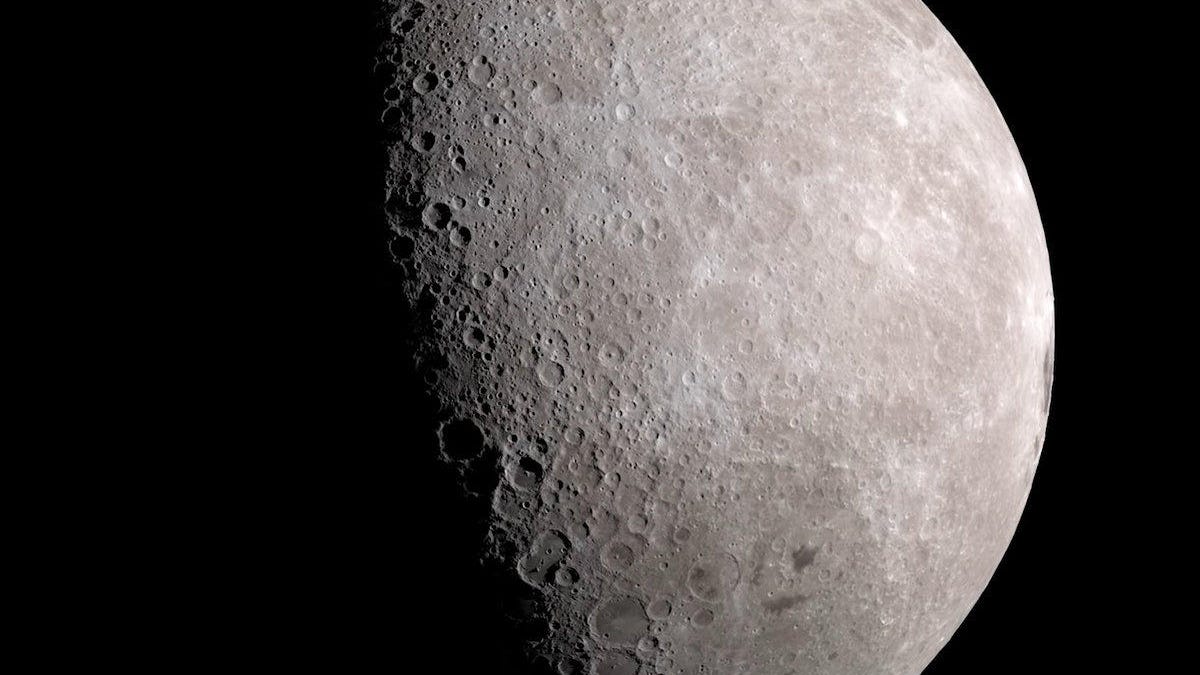NASA finds ice on the surface of the moon
Definitive evidence that our moon, both cold and dark, has water ice at both of its poles.

There is definitely -- definitely -- ice on the moon.
Scientists have long believed that water ice could exist in the ever-dark recesses at the moon's poles and that belief has finally been confirmed in a paper published in the Proceedings of the National Academy of Sciences on Aug. 20.
The lunar poles are not exposed to sunlight, leaving them dark and incredibly cold -- well below freezing. In fact, the temperatures within these areas were usually in excess of -260 degrees Fahrenheit. In the past, scientists have found indirect evidence that the south pole may harbour surface ice, but there was the chance that these observations were due to other phenomena.
To show that there definitely is ice at the poles, scientists utilized data from NASA's Moon Mineralogy Mapper, M3 , which launched in 2008 aboard the Chandrayaan-1 spacecraft. M3 is an imaging spectrometer, which means it has the capability to measure wavelengths of light. This provides scientists with a way to determine the composition of materials. M3 has already had a big lunar win -- it helped discover water on the moon in 2009.
By studying the reflective properties and the way the molecules absorb light, M3 was able to definitively say that water ice exists at the moon's poles, with a far greater distribution at the southern pole, due to the presence of more shadowed regions.
The detection is important for future lunar missions, with the ice sitting close enough to the surface that it may even be possible that future expeditions use it as a resource.
The research was conducted by scientists at the University of Hawaii and Brown University, in conjunction with NASA's Ames Research Center. You can read their paper here.
Culture: Your hub for everything from film and television to music, comics, toys and sports.
The Smartest Stuff: Innovators are thinking up new ways to make you, and the things around you, smarter.

